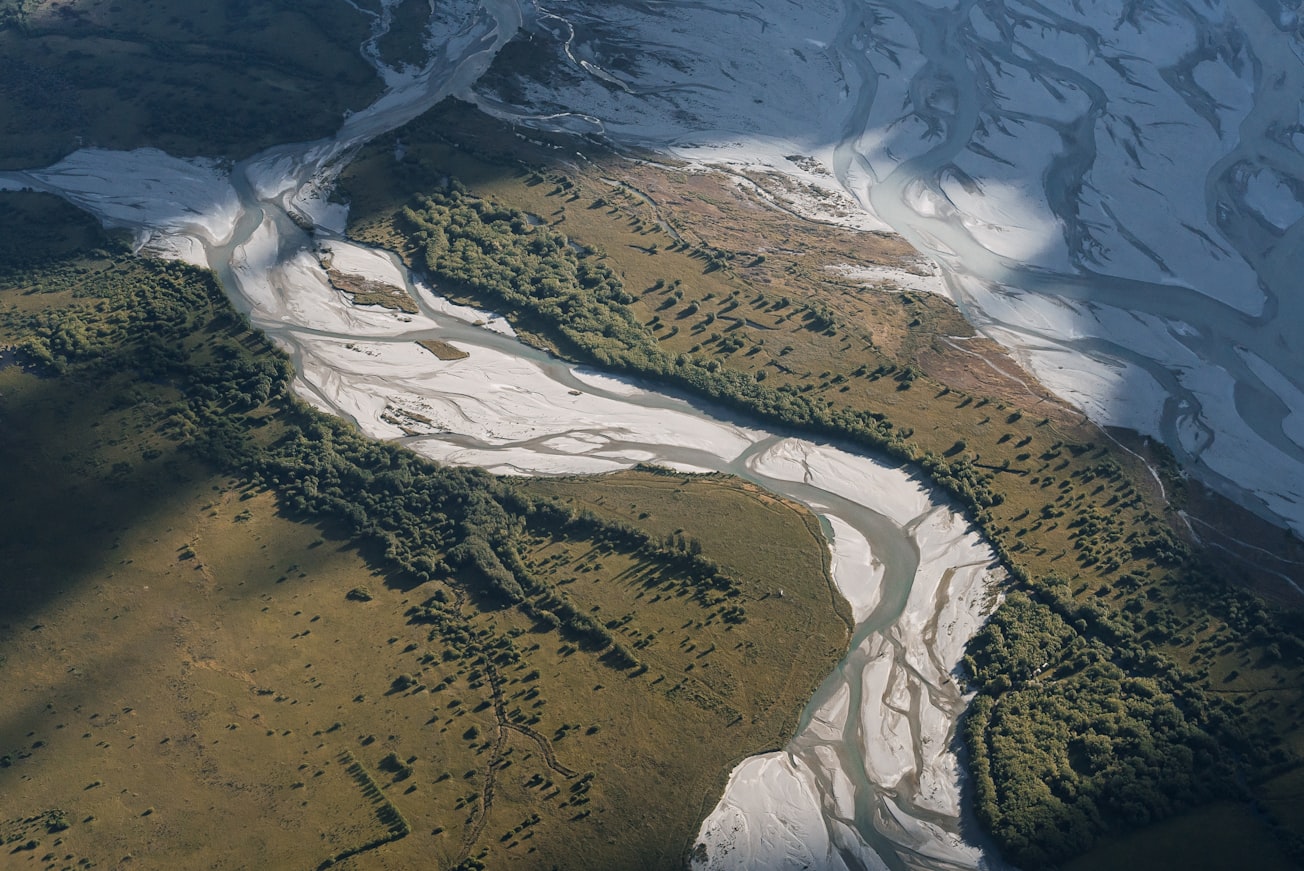What is it about?
Estuaries, which are also called river mouths, form the transition from rivers to the ocean. A common concept to describe the shape of these tidally influenced estuaries is the concept of an ideal estuary, which describes estuaries as perfectly converging channels. However, in natural systems we often observe planform shapes that deviate from this converging shape. In this article, we show with experiments in a tilting flume that estuaries without any hard boundaries (such as bedrock geology) evolve into planforms with an irregular shape rather than the perfectly converging shape. We identified a mechanism in which sand bars build up in the center of the estuary, after which the flow is diverted around the bars. This process results in local widening where tidal bars initially formed, while the estuary remains relatively narrow at zones between the bars. This mechanism helps to understand the dynamic behavior of estuaries, in which bars form valuable ecological habitat and in which channels provide access to million dollar harbors.
Featured Image

Photo by Alistair MacKenzie on Unsplash
Read the Original
This page is a summary of: Growing Forced Bars Determine Nonideal Estuary Planform, Journal of Geophysical Research Earth Surface, November 2018, American Geophysical Union (AGU),
DOI: 10.1029/2018jf004718.
You can read the full text:
Resources
Contributors
The following have contributed to this page







